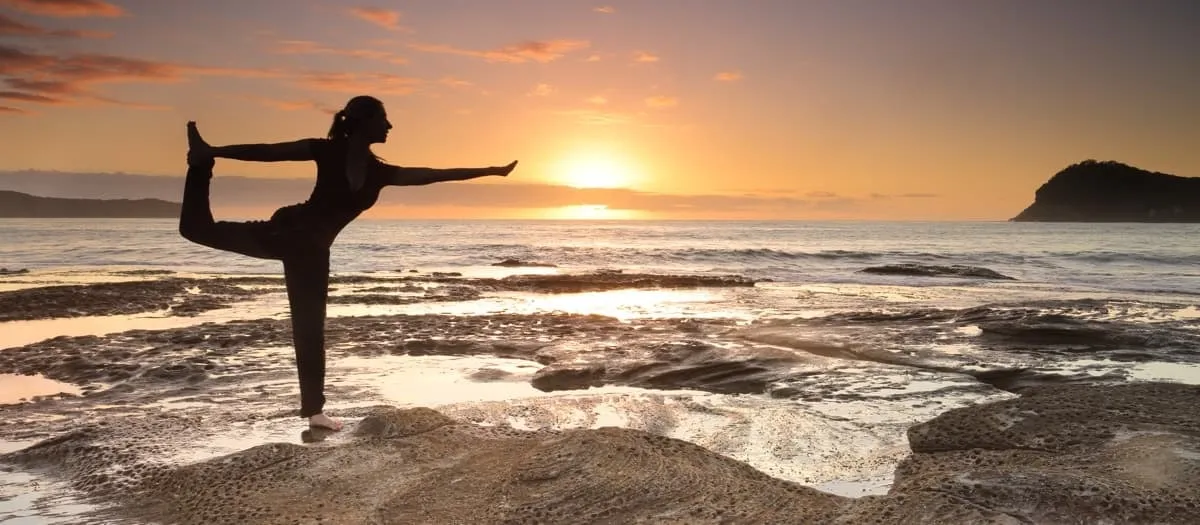3 min read
This standing balance pose is an intense backbend (at its fullest version). It stretches the upper body, develops balance and requires flexibility in the back, legs and shoulders.
We’ve explored this pose many times in class, and we’ve often worked with bringing the hand into the chin mudra, using this as the focus point. While in this pose I’ve often explained the importance of keeping the chest lifted and extended rather than leaning too far forward and losing the “openess” of the front part of the body - which sometimes happens. Dancer is a graceful pose, not only during the posture but also in transitioning in and out of it.
I am hoping to include a monthly posture profile on a particular pose once a month from now on as a follow up to our classes. Hopefully this will be of some benefit to you all. Please don’t be shy in asking any questions in the comments below or in class.
Tips To Remember When In The Posture
- Ground the standing foot firmly into the floor
- Find a still focus point for the drishti (gaze point)
- Engage the standing leg but do not hyperextend it
- Lift the sole of foot and back of rear knee towards ceiling
- Keep the chest open
- Don’t allow the hips to twist
- Chest should face forward but not lean forward - it’s a back arch not a forward bend
- Remember to breathe smooth and evenly
Nataraja is a name of Siva, Lord of the Dance. Siva is not only the God of mystical stillness, death and destruction but also Lord of the Dance. In his Himalayan abode on Mount Kailasa and in his southern home, the temple of Chidambaram, Siva dances.
Benefits of This Posture
- Develops spinal flexibility
- Improves balance and concentration
- Improves strength in the back
- Strengthens the arch in the standing foot
- Tones and strengthens the leg muscles and the ankles
- Stretches thighs, groins and abdomen
- Stretches the hip flexors
- Full movement of the shoulder blades
- Expands the chest
- Rejuvenates and energises
Cautions
- Work towards a gentle earlier stage of the pose
- Pregnancy, back problems, hernia, knee problems, hip problems, vertigo, shoulder injury
Modifications
- Use a wall for balance, this really does help!
- Use a strap over the front of the foot and hold the other end (of the strap) over the front of the shoulder
- An earlier stage of the pose is working from standing; bending the knee, taking holding of the front foot, bring knees together and work here to lengthen the front part of the body
Variations
- Work deeper into the backbend with the strap work as above - Then walk your hands down the belt, elbows pointing to the ceiling, hands behind the back, slowly lifting the foot
- Variation of arm position - holding either to the outside of foot, or inside this changes the stretch in the shoulder slightly
- Use the chin mudra with the tip of the front index finger and thumb and use this as the drishti (gaze point)
- Full natarajasana - an intense backbend which takes a lot of practice and you need to work carefully and safely
- The arms - one at a time, are taken over the head and bent with elbows facing up towards the ceiling, and holding the toes (if you can reach) and eventually the foot
- From here the head reaches back towards the feet, which gives a full and intense backbend to the spine and the neck
Counter Pose
- To release the spine come into a standing forward bend – Uttanasana. You can make it gentle by bending your knees like we do in class and holding the elbows gently swaying from side to side which you may find can ease out the lower back.
Please feel free to leave any comments below. Look forward to seeing you in class.
